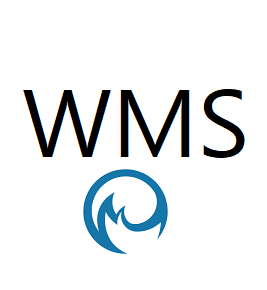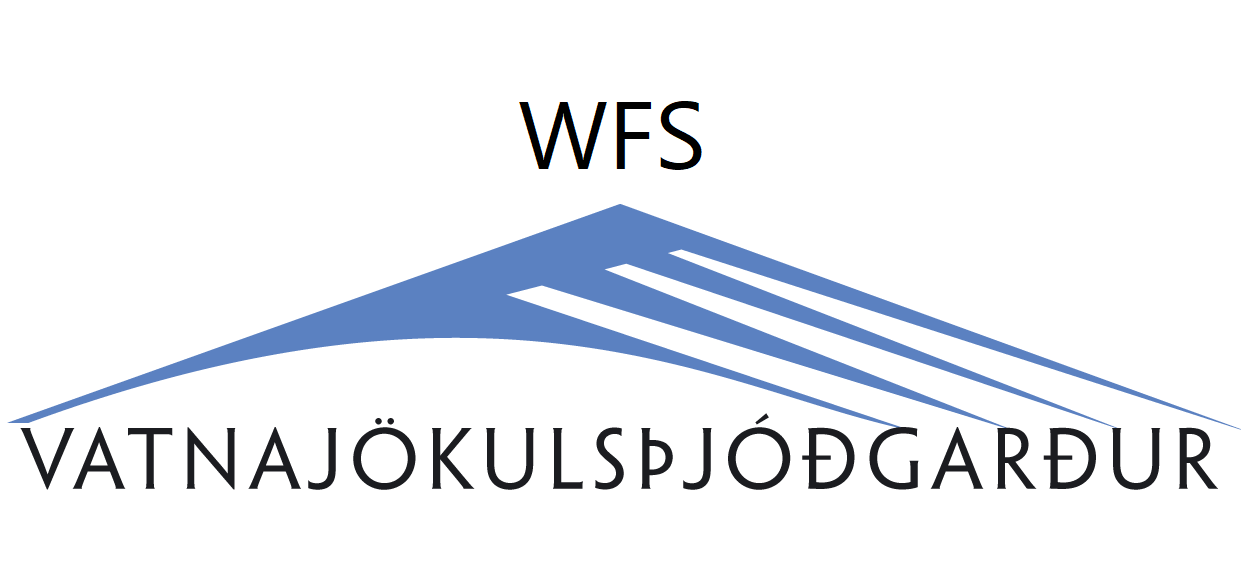service
Type of resources
Available actions
INSPIRE themes
Keywords
Contact for the resource
Provided by
Years
Formats
Representation types
Update frequencies
status
Service types
-

Íslenskur texti er í vinnslu. This raster dataset is a visibility analysis of several wind turbine projects across Iceland which are a part of the fifth phase of the master plan (Rammaáætlun http://www.ramma.is/). The area analysed is a 45 km buffer zone around each wind turbine project. The cutout areas in the 45 km buffer have no visibility due to visual obstruction. The red colour represents high visibility, fading into yellow, with the green colour representing low visibility of the wind turbines. Zones of theoretical visibility have been classified as near (0-2km), intermediate (2-15km) and remote zone (>15km) which are represented in the colour grading. It should be considered that atmospheric conditions, lighting, shading and more affect visibility and detectability. The perception of the wind projects in the green zone will be more fading in the landscape without direct detection, while in the red coloured zone the wind turbine is a prominent element in the landscape. For further information consider reading the respective chapter in the project report or check out further tools like the Ramma 3D map. As a digital elevation model the 10x10 m resolution ÍslandsDEM is used which sets the dataset pixel resolution to 10x10 m. An average viewer height of 1.75 m is assumed, while the wind turbine heights vary between 150 m and 200 m depending on project sites. The maximal height of the wind turbine is considered, meaning to the upper blade tip. See more information in the table on the side. The curvature of the earth is considered in the simulation and a default atmospheric refraction of 0.13 is assumed.
-

Skoðunarþjónustur Fiskistofu
-

The European Organisation for the Exploitation of Meteorological Satellites (EUMETSAT) is an intergovernmental organization founded in 1986, consisting of 30 member states dedicated to the operation of meteorological satellites for monitoring weather, climate, and environmental phenomena. Headquartered in Darmstadt, Germany, EUMETSAT plays a crucial role in providing accurate and timely data and services to meteorological agencies, researchers, and policymakers worldwide. EUMETSAT operates a fleet of geostationary and polar-orbiting satellites equipped with a variety of instruments for observing Earth's atmosphere, oceans, and land surfaces. These satellites capture a wealth of data on weather patterns, atmospheric composition, sea surface temperatures, and other meteorological and environmental parameters. By integrating data from its satellites with ground-based observations and numerical weather prediction models, EUMETSAT produces a wide range of products and services to support weather forecasting, climate monitoring, and environmental analysis. One of EUMETSAT's primary data dissemination channels is its EUMETCast system, a satellite-based data distribution network that delivers real-time and near-real-time satellite data, imagery, and products directly to users' ground receiving stations. Through EUMETCast, meteorological agencies, research institutions, and other users can access a wealth of meteorological and environmental data for use in weather forecasting, climate research, and disaster management applications. In addition to data dissemination, EUMETSAT offers a range of services and products tailored to the needs of its users. These include operational weather forecasting services, such as the Nowcasting SAF (Satellite Application Facility) and the Numerical Weather Prediction SAF, which provide specialized products for short-range weather prediction. EUMETSAT also collaborates with other international organizations, such as the European Centre for Medium-Range Weather Forecasts (ECMWF) and the World Meteorological Organization (WMO), to develop and deliver joint products and services for global weather and climate monitoring. Overall, EUMETSAT plays a critical role in advancing meteorological science and enhancing our understanding of Earth's weather and climate system. By operating state-of-the-art satellite systems and providing comprehensive data and services, EUMETSAT contributes to improved weather forecasting, climate monitoring, and disaster preparedness, ultimately benefiting society and the environment. This page serves as a description of the service and access to their data portal.
-

Niðurhalsþjónustur Ferðamálastofu
-

[IS] WMS þjónusta fyrir drónamyndir frá Landmælingum Íslands. [EN] WMS service to serve drone imagery from the national land survey of Iceland.
-

The European Space Agency (ESA) is an intergovernmental organization dedicated to the exploration of space and the advancement of space science and technology. Established in 1975 and headquartered in Paris, France, ESA operates in collaboration with its 22 member states to conduct space missions, develop satellite systems, and foster international cooperation in space research and exploration. ESA's activities span a wide range of areas, including Earth observation, space science, human spaceflight, satellite navigation, and telecommunications. One of ESA's primary objectives is to collect and analyze data from space to better understand Earth's environment, climate, and natural phenomena. Through its Earth observation programs, such as the Copernicus program, ESA operates a fleet of satellites that monitor the planet's land, oceans, atmosphere, and cryosphere. These satellites collect a wealth of data on topics like sea level rise, deforestation, air quality, and natural disasters, providing valuable information for environmental monitoring, disaster response, and scientific research. In addition to Earth observation, ESA conducts space science missions to study the cosmos and unravel the mysteries of the universe. From missions to explore distant planets and asteroids to observatories studying the origins of the universe, ESA's space science endeavors produce vast amounts of data on celestial bodies, cosmic phenomena, and the fundamental laws of physics. To disseminate the data collected from its missions and satellite systems, ESA employs various channels and platforms. ESA operates data archives and repositories where researchers and the public can access raw and processed data from space missions and Earth observation satellites. Additionally, ESA collaborates with national space agencies, research institutions, and international organizations to share data and promote scientific collaboration. Through online portals, data hubs, and dedicated data access platforms, ESA provides easy and open access to its vast repository of space data, empowering scientists, policymakers, and citizens to explore and utilize space-derived information for scientific research, innovation, and societal benefit. This page contains a quick reference how to access and find ESA datasets and services.
-

Niðurhalsþjónustur Hafrannsóknastofnunar
-

Skoðunarþjónustur Hafrannsóknastofnunar
-

Niðurhalsþjónustur Vatnajökulsþjóðgarðs
-

Skoðunarþjónustur Minjastofnunar
 Lýsigagnagátt
Lýsigagnagátt